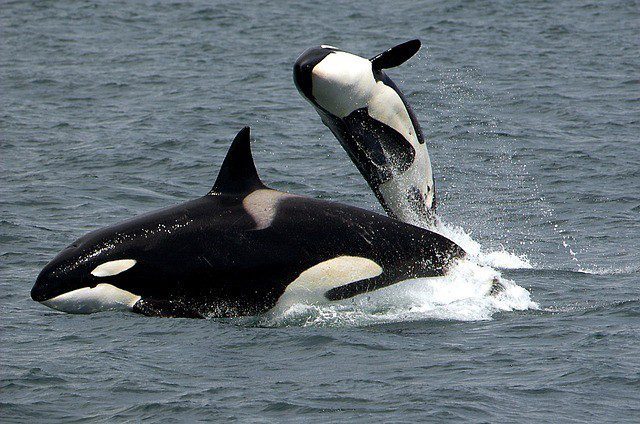DIVING NEWS
How PCBs are killing the killer whales

For scuba divers, the sighting of an orca is among the most prized of experiences, but the chances of encounters in certain parts of the world are becoming increasingly remote.
Although killer whales (Orcinus orca) can still be found in all the world’s oceans, scientists have just issued a warning that their numbers could halve in the next few decades, mainly as a result of PCB chemical pollution.
28 September 2018
Their research found that orca numbers had already declined rapidly in 10 out of the 19 populations studied, and could disappear entirely there within 30-40 years. Among the most contaminated waters were those around the British Isles, where no more than 10 orcas were thought to remain.
Brazil, the Strait of Gibraltar and the north-east Pacific were among other areas where populations had almost halved since PCBs were introduced, with newborn orcas rarely observed there. Less badly affected were seas around the Faroe Islands, Iceland, Norway, Alaska and the Antarctic, however, where populations are expected to continue growing into the next century.
More than one million tonnes of PCBs (polychlorinated biphenyls) were produced from the 1930s for use in electrical components and plastics. The chemicals were banned in several countries from the 1970s, and the Stockholm Convention of 2004 saw more than 90 nations commit to phasing out and disposing of them.
The chemicals decompose only slowly once in ocean waters, and current high concentrations pose a lethal threat to orcas because of the mammals’ position at the top of the foodchain. PCB contamination is passed on from female orcas to their young through their milk.
Orca populations that subsist on larger prey such as seals, tuna and sharks are at far greater risk from PCBs than those that feed primarily on smaller fish such as herring and mackerel.
The scientists collated data from all previous research with their own recent results to analyse PCB levels in more than 350 orcas worldwide – the largest number ever studied.
They measured PCB levels as high as 1300mg per kg in some orcas’ blubber, and say that even animals with 4% of that amount in their tissues could display signs of infertility and immune-system damage, the main threats from PCBs.
Overfishing and noise pollution were additional factors in orca population decline.
Scientists from 11 organisations from the UK, USA, Canada, Greenland, Iceland and Denmark collaborated in the study.
“We know that PCBs deform the reproductive organs of animals such as polar bears. It was therefore only natural to examine the impact of PCBs on the scarce populations of killer whales around the world,” said co-author and initiator of the study Prof Rune Dietz from the Department of Bioscience and Arctic Research Centre, Aarhus University.
The group has called for urgent introduction of further initiatives on PCB pollution beyond those of the Stockholm Convention.
